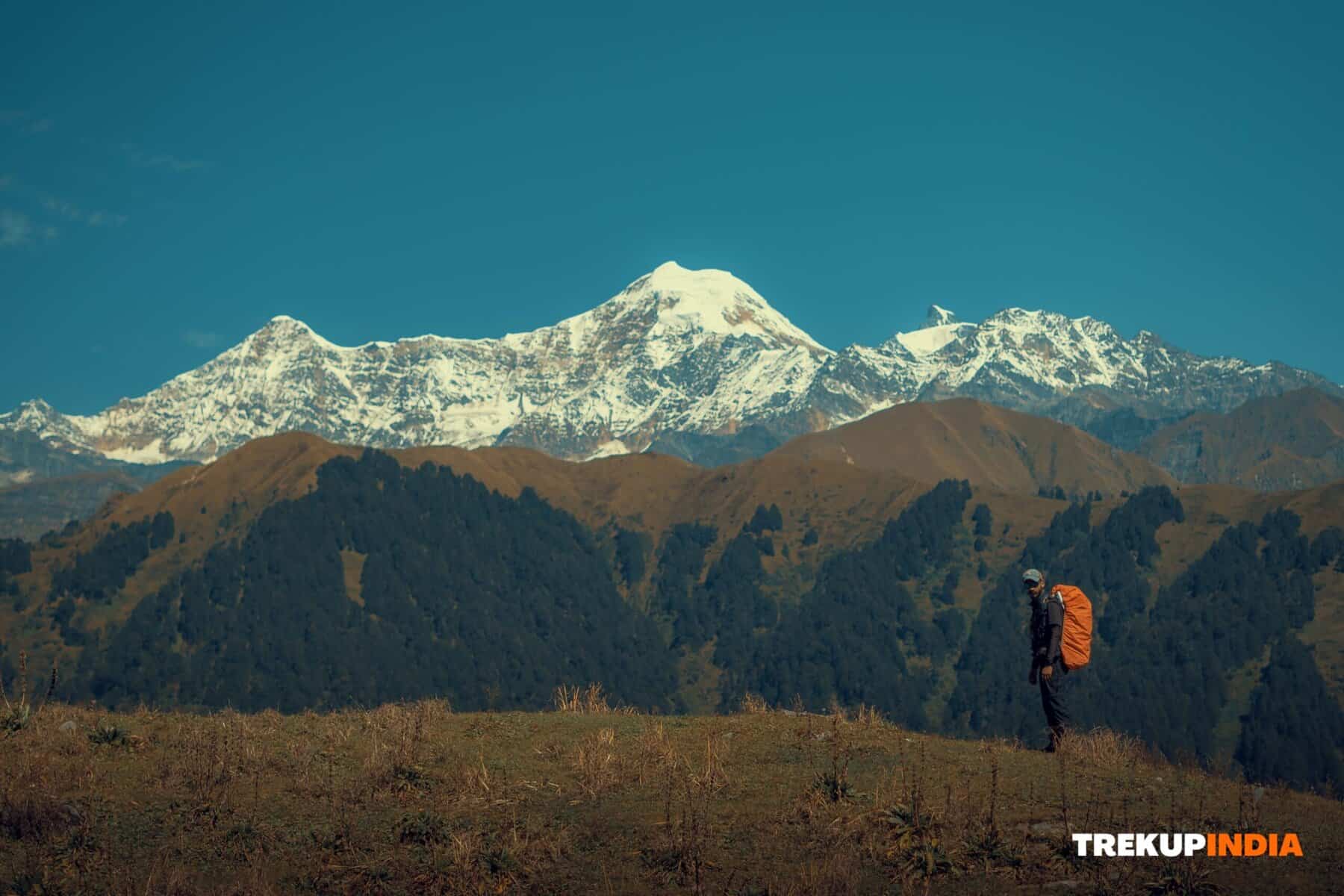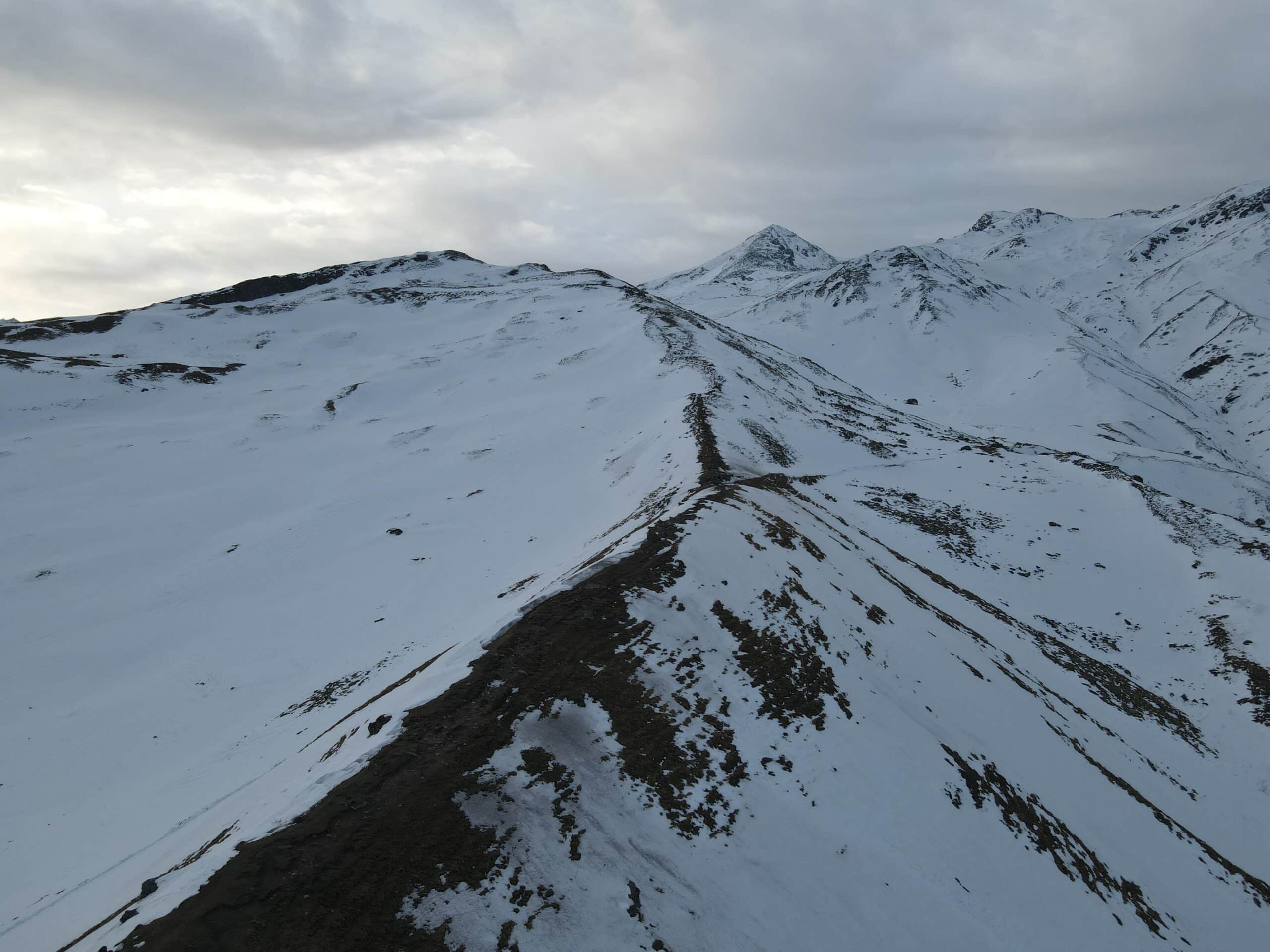Kookal Waterfalls Trek
Kookal Waterfalls Trek
Kodaikanal is a renowned hill station in South India, boasting an array of natural wonders, including lakes, lush valleys, pine forests, and awe-inspiring vistas of the surrounding hills. While the main tourist attractions are breathtaking, the lesser-known areas surrounding Kodaikanal are equally enchanting and deserving of exploration. The nearby villages are brimming with hidden gems, offering a serene and uncrowded experience, allowing you to immerse yourself in the region’s beauty entirely.
The Kookal Waterfalls hike, also known as the Thoothur Waterfalls hike, leads you to a hidden realm that may not have crossed your mind before. This hike begins in the picturesque village of Kookal, just 35 km away from Kodaikanal and surrounded by the Palani hills. The village’s breathtaking beauty will leave you astonished, with its lush greenery and overall ambiance providing a glimpse of the wonders you’re about to encounter. The journey from Kodaikanal to Kookal village is tranquil, as the road is lined with dense pine and eucalyptus trees that create a natural canopy, offering shade. If you enjoy driving, an early morning trip along this route is truly a blissful experience.
As you venture into the village, you’re greeted by the stunning Kookal Lake, nestled amidst scenic hills that enhance its natural beauty. The lake’s surface is adorned with a blanket of lotus plants, creating a picturesque scene that will capture your attention. On a clear day, you can observe the reflection of the surrounding hills on the lake’s sparkling blue waters. The Kookal Falls trek begins with a muddy trail, eventually leading you through a dense forest. The forest path is lined with lush green bushes that envelop you as you enter. The waterfall’s roar is a gentle guide, providing a soothing soundtrack for your journey. With a total distance of 6 km, this trek is considered easy, making it an ideal choice for both novice trekkers and experienced adventurers looking to experience the beauty of Kookal Falls.
Best Time to go for the Kookal Falls trek
The optimal time to embark on the Kookal Falls trek is September to March. The monsoon season, which lasts from July to August, brings abundant rainfall to the area, making the waterfall appear breathtaking. However, the steep downhill terrain renders trekking during this time risky. September experiences minimal rain, and the post-monsoon season brings a lush green landscape and an optimal water flow, making it an ideal time for the trek. The trek remains enjoyable until March, when the water flow is still satisfactory, and the forest sections retain their vibrant greenery. As summer approaches, the water supply diminishes, and the increased humidity can make the trek arduous.
Highlights of Kookal Falls trek
The focal point of this hike is the waterfall. This stunning waterfall, measuring 300 ft in height, provides a captivating view after a one-and-a-half-hour journey downhill. Its pristine white appearance and two-tiered structure instantly captivate anyone who sees it. If fortune favors you, you may even spot elephants bathing in the pond created by the waterfall’s base.
As you venture deeper into the forest, the dense foliage envelops you, starkly contrasting the vast, open views of the steep descent you just conquered. The sudden change in scenery has a profound effect, making you feel like you’ve entered an entirely different realm. This unique experience will stay with you long after the trek is over.
Approximately 500 meters into the hike, you arrive at Boulder Point, a scenic view offering a breathtaking panorama. The valley below lies in a deep basin while towering green hills rise majestically before you. As you gaze out, you’ll also glimpse the trail’s steep descent that leads to the waterfall, awaiting your adventurous spirit.
Kookal Waterfalls Trek Detailed Trail Information
The journey begins 1 kilometer from Kookal Lake. Look for small food carts along the road adjacent to the lake. These carts are operated by villagers who can guide or take you to the guide. Although they primarily speak Tamil, communication is still possible with some gestures and broken English. Start your trek from a small shop overlooking a few volleyball courts providing basic amenities like drinking water, packaged snacks, and beverages. If you arrive early, you can witness a stunning sunrise from this spot. Then, follow the straightforward muddy path, which passes through several volleyball courts and houses.
Continue your journey along this well-marked path made of mud for approximately 500 meters. You will arrive at a spot with large rocks providing a breathtaking panoramic view of the valley and the hills surrounding it. The house you see in the distance, nestled in the valley, is a homestay but cannot be accessed from this route. Take a few moments to appreciate the stunning scenery before continuing your trek. From this point onwards, the trail descends steeply until you enter the forested area. The path consists of a series of sharp turns that gradually lead you downhill on a path covered in dirt. Follow this trail for approximately 1.5 kilometers until you reach the forest entrance. As you go through this section, you will be accompanied by views of the valley on your left side. You are seeing the vibrant green hills directly before you will keep your enthusiasm alive.
Upon entering the forest section, the bushes create a dense canopy overhead, and the path becomes narrower, allowing only one person to pass at a time. One of the highlights of this part is that even though the waterfall is not visible, the sound of rushing water accompanies you throughout the trail, providing a calming effect and guiding you in the right direction. This helps divert your attention from the thick bushes, the trim trail, and the slippery areas as you know you are steadily approaching the waterfall. The forest section is around one kilometer long and offers a picturesque trekking experience. Enjoy the satisfying sound of leaves crunching beneath your feet. It is not exhausting since the trees provide complete coverage and natural shade. As you near the trail’s end, note a small stream on your left. Shortly after, you will come across a clearing where the waterfall comes into view. The waterfall flows into a small pond teeming with fish. On the left side of the waterfall, a stream meanders through the jungle, creating a truly magnificent sight.
Climbing the area surrounding the waterfall is easy, and it provides a beautiful background for photos. Standing there after the hike, you can feel the mist from the flowing water, which is quite lovely. Although the pool may look tempting, it is not recommended due to stagnant water. The trek back to the starting point is uphill, but the initial stretch through the forest is not too tiring, thanks to the densely populated trees that provide shade from the sun. The last two phases of the hike, which involve rocks, boulders, and a muddy trail, can be challenging. Remember to take regular breaks and stay hydrated. If you plan to walk back to the lake, add 15 minutes to your trek. The ascent typically takes around 1.5 to 2 hours.
How to Reach Base Of Kookal Falls Trek
To reach the Kookal Falls Trek, begin your journey from the Kookal village, approximately 35 kilometers from Kodaikanal.
Arriving at Kookal Village via personal transportation
From Kodaikanal, it requires a mere 60 minutes of driving to arrive at the scenic Kookal Lake, covering a total distance of around 35 kilometers.
Reach Kookal Village using public transportation
there are local buses and taxis you can take from Kodaikanal. It is preferable to choose taxis over buses, as the bus service has infrequent and unreliable schedules.
A single morning bus is available from 8:00 AM to 9:30 AM that travels from Kodaikanal to Palamputhoor. When riding this bus, you will need to disembark at Kookal.
The bus schedule in the evening is from 4:00 PM to 5:30 PM.
To reach Kookal village from Kodaikanal, you can hire a taxi from the designated taxi stand. The cost for the entire vehicle will be around Rs 3000, regardless of the number of passengers. So, the cost per person will depend on your group size.
Want To Trek Like Pro?
Check out the following videos if you want to trek like a pro trekker and improve your skills. These videos contain helpful tips, tricks, and techniques to help you trek like a pro. Whether you’re a beginner or an experienced trekker, these videos can provide valuable insights to enhance your trekking experience. So, watch the videos below by Trekup India experts to take your trekking skills to the next level.







Know Everything About Acute Mountain Sickness
Acute Mountain Sickness is a medical condition that can occur when individuals travel to high altitudes, typically above 8,000 feet. It is caused by the decrease in air pressure and oxygen levels in the air as altitude increases. Symptoms of Acute Mountain Sickness may include headache, nausea, vomiting, dizziness, and difficulty sleeping. To avoid Acute Mountain Sickness, it is important to gradually adjust to high altitudes and seek medical attention if symptoms worsen. To learn more about this condition, check out the videos by Trekup India.









